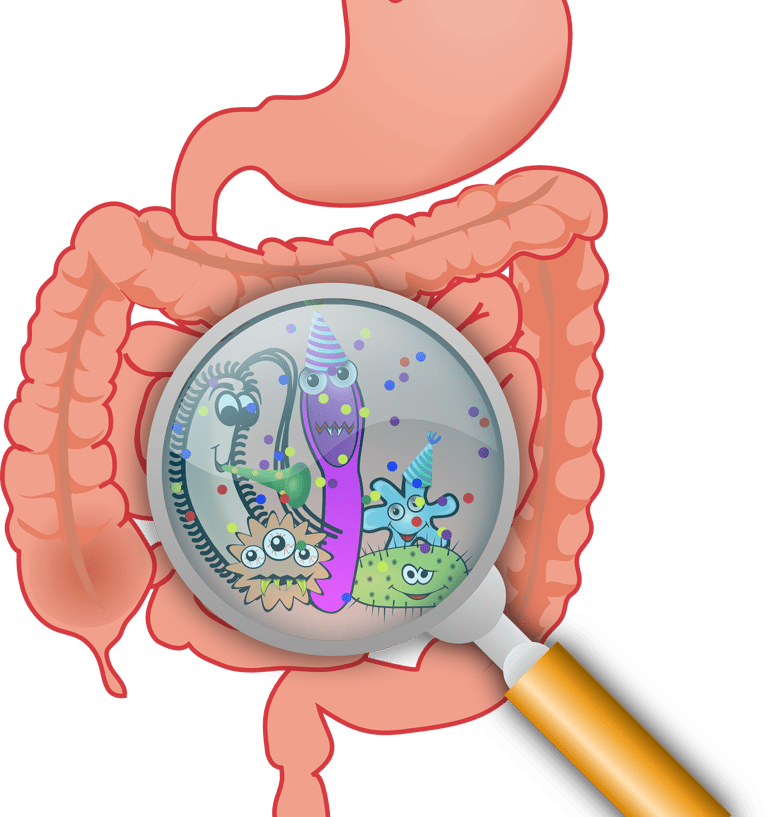Insights
Latest Research, Top Stories, Trending Topics
Brain Fog






Unraveling the Clouded Mind: The Rise and Impact of Brain Fog in Modern Mental Health
The Silent Epidemic: Tracing the Evolution of Depression in Modern Society
Cognitive Decline
The Slow Fade: Understanding the Growing Threat of Cognitive Decline in a Fast-Paced World
Depression
The Invisible Invasion:
How Microplastics Infiltrate Your Brain and What You Can Do About It
Imagine You’re sipping coffee from a takeout cup, scrolling through your phone, unaware that trillions of plastic particles—smaller than a grain of sand—are drifting through your bloodstream. Some may already be nesting in your brain. This isn’t science fiction. Scientists are sounding the alarm:
Microplastics are invading our bodies, and our brains are the final frontier.
The Plastic Brain Crisis: What We Know
In 2022, researchers made a chilling discovery:
microplastics in human blood**. By 2023, animal studies revealed these particles could breach the brain’s protective barrier. Now, autopsies of human brains in 2024 confirm the unthinkable—plastic fragments lodged in the very organ that defines who we are.
How did we get here? The average person ingests 5 grams of plastic weekly the weight of a credit card. Microplastics come from bottled water, food packaging, synthetic clothes, and even the air we breathe.
Once inside, nanoplastics (1,000x thinner than a human hair) slip into organs, including the brain. Why Should You Care? Plastics in the brain aren’t just harmless hitchhikers. Early research links them to: Cognitive decline Disrupted neuron communication and memory loss. - Neuroinflammation: A trigger for diseases like Alzheimer’s and Parkinson’s. Behavioural changes Animal studies show increased anxiety and impaired learning. Dr. Lena Chen, a neuroscientist at MIT, warns. The brain is a sanctuary organ. If plastics are here, we need to ask:
What irreversible damage could they cause over a lifetime?
5 Ways to Fight Back Against the Plastic Invasion
Declare War on Plastic at Home swap plastic containers for glass or stainless steel. Ditch the microwave plastic Heat leaches toxins. Use ceramic or glass instead. Filter your water Install a reverse osmosis filter to trap microplastics.
2. Eat Like a Plastic Warrior Avoid seafood high on the food chain (tuna, shrimp) where plastics accumulate. Choose fresh, unpackaged foods. Farmers’ markets > plastic-wrapped produce. Load up on antioxidants Berries, spinach, and dark chocolate combat plastic-induced free radicals.
3. Breathe Cleaner Air Vacuum Smarter Use a HEPA-filter vacuum to suck up microplastic-laden dust. Skip fast fashion Synthetic fabrics shed microfibres. Opt for organic cotton or linen. Wash smarter Throw synthetic clothes in a Guppy friend bag to trap microfibres.
4. Join the Plastic-Free Revolution and Boycott single-use plastics Carry reusable bags, bottles, and utensils—demand corporate accountability Support brands like Patagonia or Loop that prioritise plastic-free packaging. Vote with your wallet Choose products labeled “microplastic-free.






